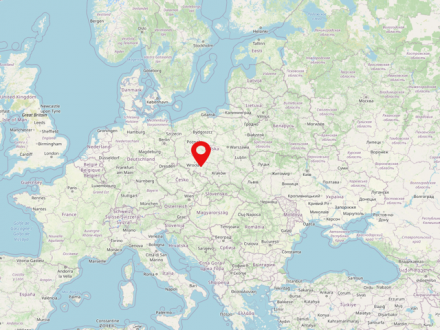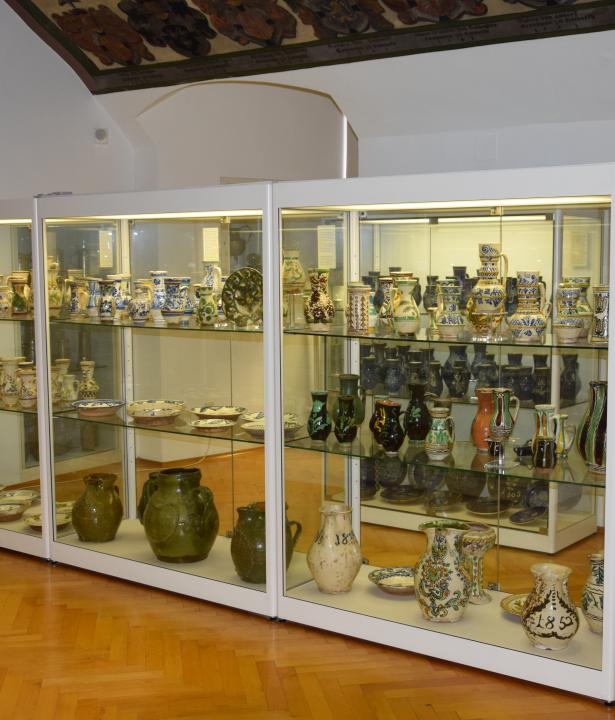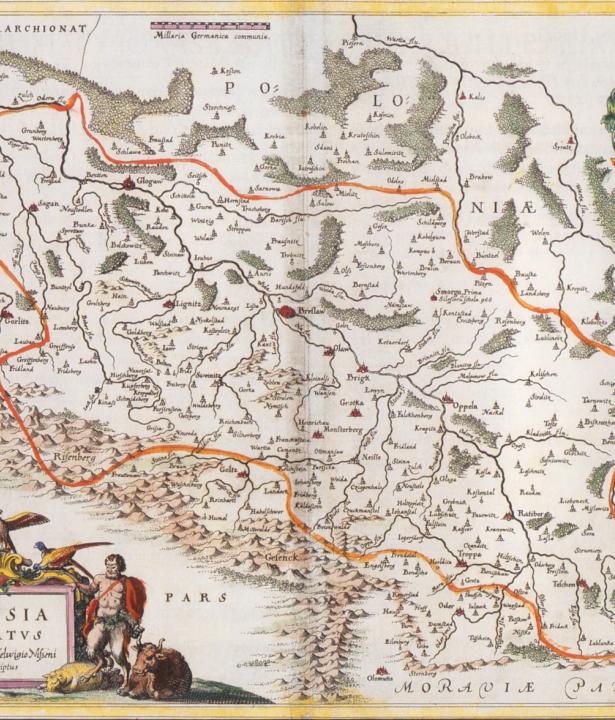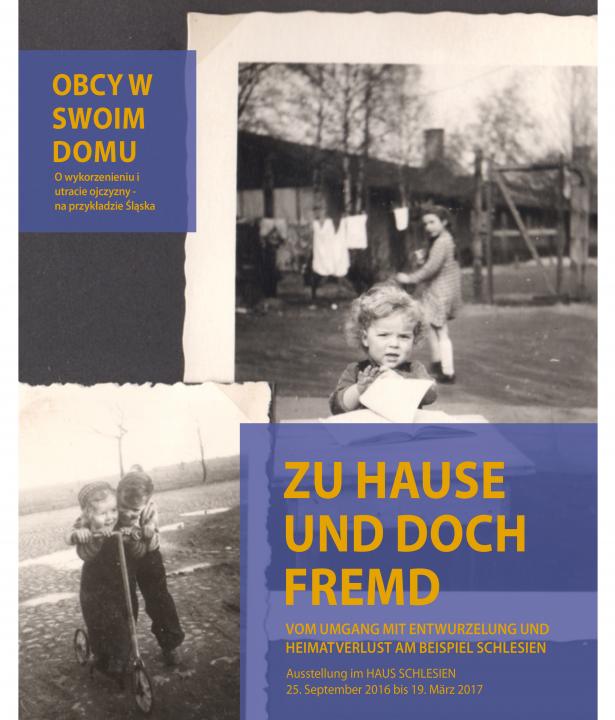Silesia (Polish: Śląsk, Czech: Slezsko) is a historical landscape, which today is mainly located in the extreme southwest of Poland, but in parts also on the territory of Germany and the Czech Republic. By far the most significant river is the Oder. To the south, Silesia is bordered mainly by the Sudeten and Beskid mountain ranges. Today, almost 8 million people live in Silesia. The largest cities in the region are Wrocław, Opole and Katowice. Before 1945, most of the region was part of Prussia for two hundred years, and before the Silesian Wars (from 1740) it was part of the Habsburg Empire for almost as many years. Silesia is classified into Upper and Lower Silesia.
Over the decades of its existence, HAUS SCHLESIEN has assembled an extensive collection of Silesian cultural assets. It contains objects and documents related to the Silesian landscape, history, and culture as well as to Silesian people and notable personalities. This collection serves as an important resource for the research and presentation of Silesia in its many facets. It includes objects from the worlds of art and crafts, business and trade and from everyday life, as well as a comprehensive collection of postcards and graphic works. The various holdings form the basis for the exhibitions conceived by the DIZ. Exhibits are also lent to other museum institutions and exhibition organizers and made available for research work.











